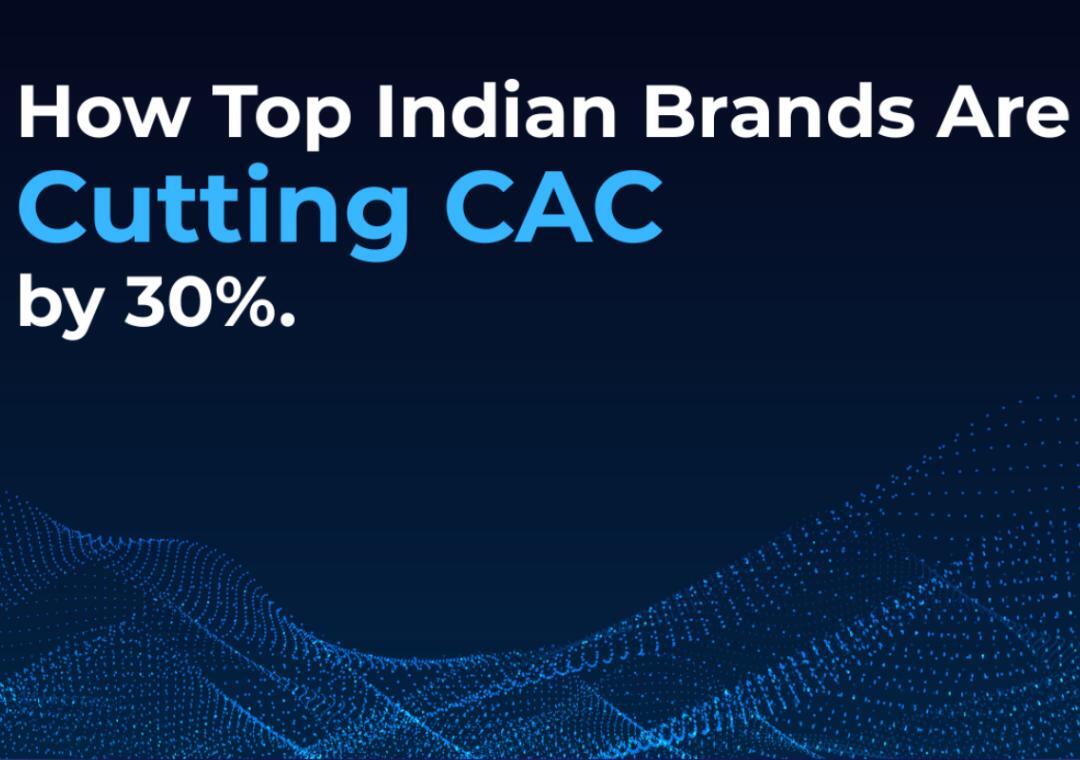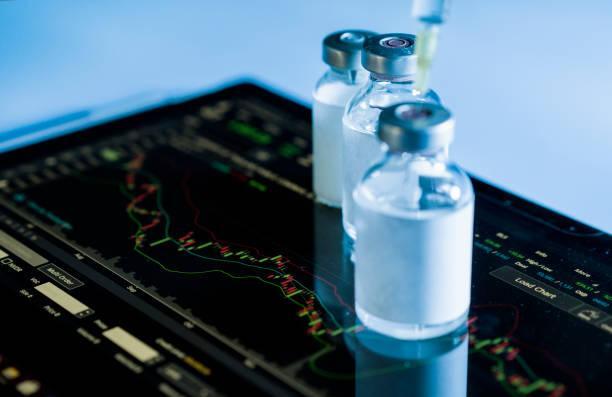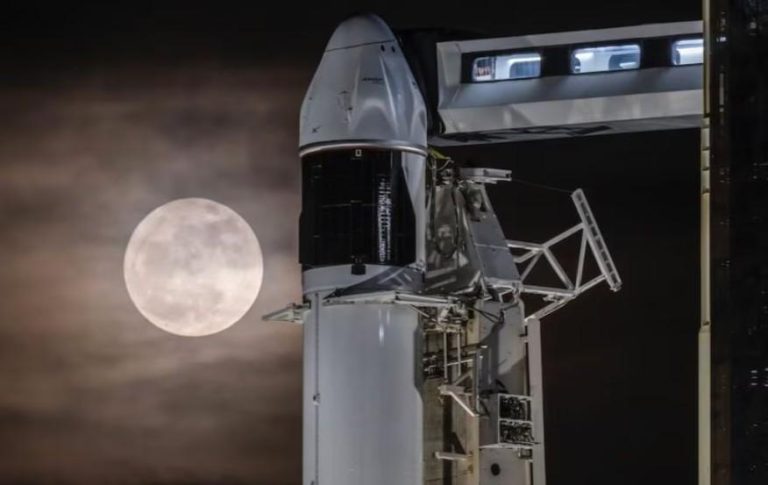
Indian Brands Slash CAC by 30% Using AI
In today’s digitally driven market, Customer Acquisition Cost (CAC) has become a major concern for Direct-to-Consumer (D2C) brands in India. The relentless competition and ever-growing customer expectations have pushed brands to re-evaluate their marketing strategies and optimize their ad spend to achieve maximum ROI. In this regard, Artificial Intelligence (AI) has emerged as a game-changer, enabling Indian D2C brands to cut CAC by up to 30% by identifying high-intent users early in the funnel.
Top Indian brands have successfully leveraged AI to map micro-moments across the customer journey, making every ad dollar sharper, smarter, and more accountable. By using Intellsys predictive signals, these brands have been able to optimize their ad campaigns, reducing waste and increasing conversions.
The Problem of High CAC
In the past, Indian D2C brands relied heavily on blanket campaigns, targeting a broad audience with little to no consideration for individual user behavior. This approach resulted in high CAC, with brands spending a significant amount on advertising without seeing a corresponding increase in conversions. The high CAC not only ate into the brand’s profit margins but also made it challenging to scale the business.
The Solution: AI-Powered Predictive Signals
Intellsys, a leading AI-powered marketing platform, has revolutionized the way Indian D2C brands approach customer acquisition. By leveraging machine learning algorithms and predictive analytics, Intellsys enables brands to identify high-intent users early in the funnel, reducing CAC and increasing conversions.
How AI-Powered Predictive Signals Work
Intellsys predictive signals are based on a proprietary algorithm that analyzes user behavior, preferences, and interests to predict their likelihood of converting. This data-driven approach allows brands to target high-intent users with precision, reducing waste and increasing the effectiveness of their ad campaigns.
Here’s how it works:
- Data Collection: Intellsys collects vast amounts of data from various sources, including social media, search engines, and online behavior.
- Predictive Modeling: The collected data is then fed into a machine learning algorithm that predicts user behavior and identifies high-intent users.
- Signal Generation: The algorithm generates predictive signals, which indicate the likelihood of a user converting.
- Targeted Advertising: Brands use these predictive signals to target high-intent users with personalized ads, increasing the effectiveness of their ad campaigns.
Case Studies: Top Indian Brands Achieve 30% Reduction in CAC
Several top Indian D2C brands have achieved significant reductions in CAC by leveraging Intellsys predictive signals. Here are a few case studies:
- Brand A: A leading fashion brand in India reduced its CAC by 25% by targeting high-intent users with personalized ads. The brand saw a significant increase in conversions, resulting in a 20% growth in revenue.
- Brand B: A popular e-commerce platform in India reduced its CAC by 30% by using Intellsys predictive signals to identify high-intent users. The brand saw a 25% increase in conversions and a 15% growth in revenue.
Conclusion
In conclusion, Indian D2C brands can significantly reduce their CAC by leveraging AI-powered predictive signals. By targeting high-intent users early in the funnel, brands can optimize their ad campaigns, reduce waste, and increase conversions. Intellsys predictive signals have proven to be a game-changer for top Indian brands, enabling them to achieve significant reductions in CAC and drive business growth.
Source
https://www.growthjockey.com/blogs/how-top-indian-brands-are-cutting-cac-by-30-with-intellsys



